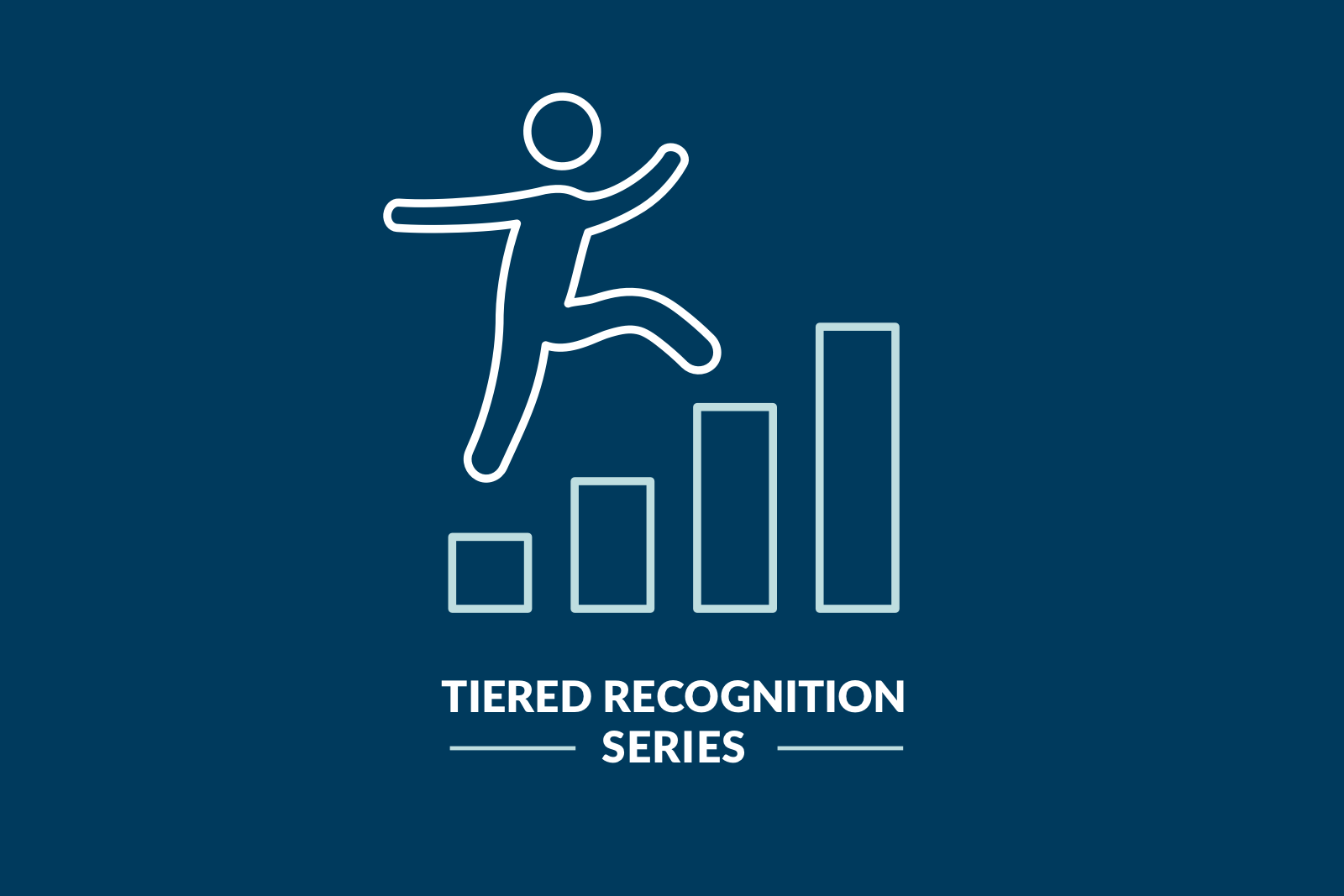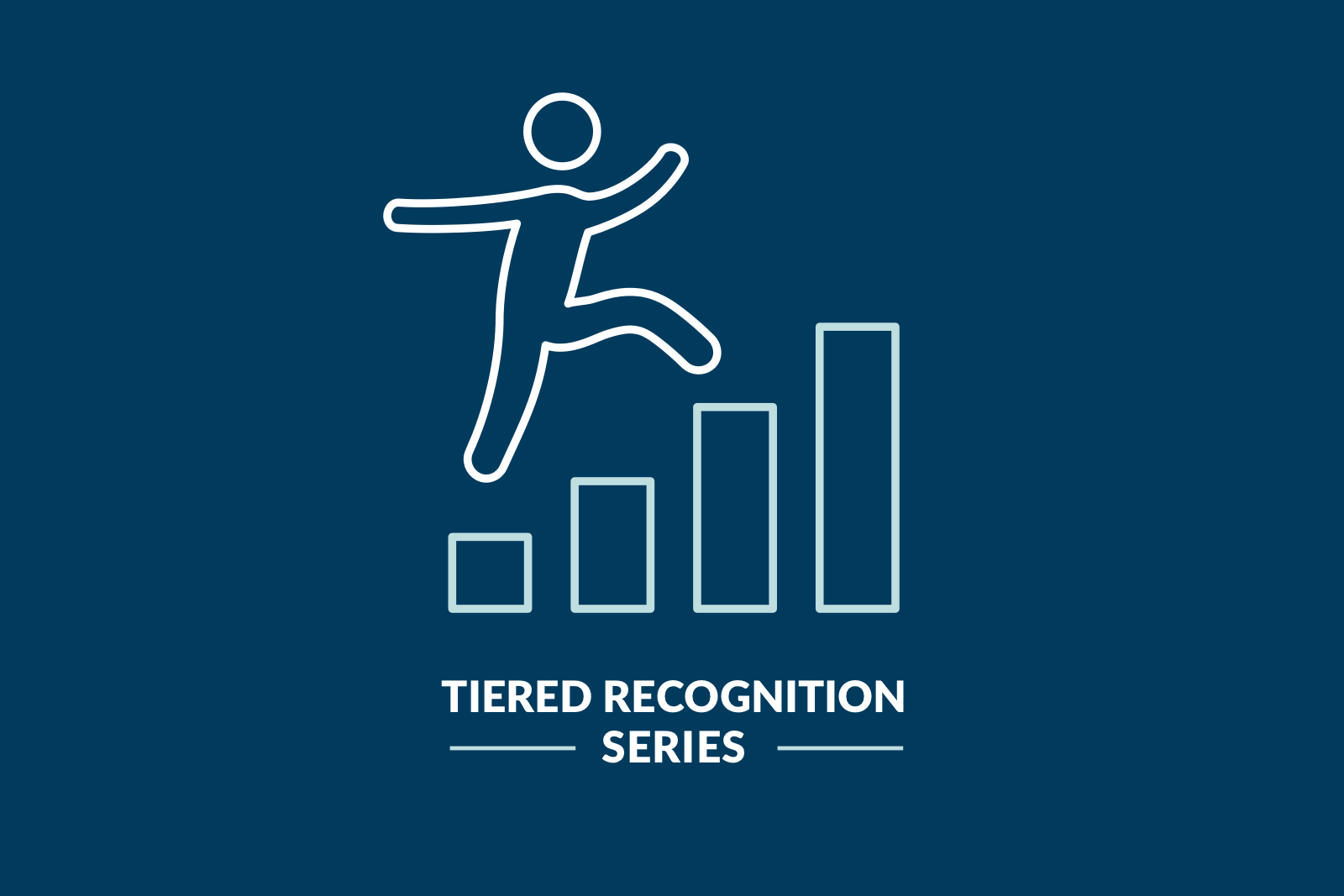To Tier or Not to Tier?

Previously, in our series on tiered recognition, we explored why brands personalize perks and benefits for their highest-value customers and how to effectively execute a tiered approach. In this final installment, we discuss the foundations of a successful tiered strategy and how to determine if tiered rewards are right for your brand.
Tiers provide an array of benefits for both brands and members. A tiered structure drives deeper engagement and retention, recognizes and rewards your most valued customers, creates a sense of status for those in elite levels, and allows your brand to funnel premium services to your best customers. Still, an elite tier structure isn’t right for all brands. Deciding whether to include tiers in your loyalty program demands a deeper dive.
Are tiers right for your brand?
The answer to that question is nuanced and based on a range of factors. Consider these questions to clarify whether a tiered strategy may be right for your brand:
Brand and program goals
-
What key business goals would a tiered strategy support?
-
Does your brand offer differentiated service levels yet have limited resources? Could tiers effectively direct your best service levels to your most valuable customers?
-
Does your brand want to provide higher levels of service and rewards to your most valuable customers? Or does your brand believe in treating all members the same, regardless of spending and engagement?
Differentiated benefits
Does your brand have the breadth of products and/or services necessary to offer tiered benefits? In other words, numerous and varied offerings are required to support multiple tiers and provide greater value to higher tier levels.
-
Does your brand provide benefits that aren’t easily replicated by competitors?
-
Can your loyalty program financially support differentiated offerings in multiple tiers?
-
Operationally, can your brand deliver tiered benefits in an efficient, streamlined manner?
-
Does your industry legally limit your ability to differentiate offers or rewards by customer segments or value? Pharmaceutical companies, insurance companies, medical providers, infant formula brands, and others may not allow rewards and or recognition for purchases.
Long-term viability
-
Can your brand make a long-term commitment to published tier qualifications and associated benefits?
-
Is your tier strategy financially sustainable for your brand?
-
Does your customer spend vary significantly (e.g., from $100 to $5,000)? Or does it stay within a narrow range (e.g., from $100 to $150)?
-
Can your brand create a tier structure that’s operationally feasible? For example, do you have enough front-line employees to deliver the tier benefits? Can your systems differentiate member tiers on the spot to ensure proper recognition?
-
How will your brand track and fulfill tier commitments?
Tiers are a go! Now what?
Perhaps you can’t answer every question above, but you may find you’re leaning more toward the “yes” column when it comes to considering tiers. Consulting loyalty program experts may be your next step. In the meantime, if tiers feel right for your brand, it’s important to find a structure that works for your program. Let’s unpack some key considerations.
Qualification criteria and thresholds
Determining the criteria and thresholds your members will need to reach in order to earn or maintain specific tier levels can be tricky. To begin, consider what will most effectively support your key performance indicators (KPIs), while motivating and rewarding members.
-
Focus on profitability. Although it may not be realistic to tie benefits directly to net profits, you can build tier thresholds around key drivers that support incremental revenue and profit—like qualifying purchases and spend thresholds—with a secondary focus on transaction frequency to drive deeper engagement.
-
Consider a credit card. Counting co-brand credit card spend toward qualification criteria can incentivize members to open and spend on the card: A credit card can be a strong revenue generator. Additionally, specific purchases or engagement with the card can serve as qualification criteria. Plus, factor in the revenue or value to the brand—not just overall card spending—and establish caps to ensure valuable tiers require brand spend in addition to credit card spend.
-
Allow for flexibility. Consider upgrading specific members to a higher tier, even if they don’t meet published qualification criteria. This can be done through a stretch campaign, encouraging incremental behavior to achieve a higher tier based on criteria slightly lower than those published. Keep criteria simple and clear. Your customers likely participate in, and receive communication from, several loyalty programs. A simple, clear, and easy-to-understand policy increases the likelihood they’ll engage with your message and participate in your program.
Qualification and benefit periods
Timing of tier qualification (the time period members have to earn a higher tier) and tier benefit periods (the length of time they get to enjoy the benefits) are crucial factors for success. When establishing the qualifications criteria and benefit periods for your program, here are some factors to consider:
-
The average transactions and spending per customer over a specific period.
-
The time required for a typical member to achieve the spend or transaction requirements. (This period needs to provide a stretch goal, but still must be perceived by members as achievable.)
-
The number of members the program can afford to promote to a higher tier. (Examine in the direct costs of rewards and benefits, but also the investment in operational handling.)
-
The effort required to set up and track the activity, communicate it to members, and train internal staff.
-
The length of membership periods. (Most membership periods run for 12 months, coinciding with the calendar year, but determine what timing is best for your brand and your members.)
Number of tiers and distribution
The greater the number of tiers, the greater the challenge for each tier to support the benefits and differentiation required to drive incremental behavior. Consider how the number of tiers, and the distribution of those tiers, could impact your program’s success.
-
Leverage financial modeling to customize the number of tiers and tier distribution goals by program:
o Customer value distribution (what percentage of members generate what percentage of revenue)
o Incremental revenue and profit based on members striving to achieve or maintain higher tier levels and engaging more deeply in the program
o Number of available differentiated benefits
o Value of benefits
o Cost and scalability of benefits
A simple two-tier structure works best for many brands. Programs with a broad range of customer value, and the resources to support differing benefits, may find three or four tiers effective.
Although travel brands, like airlines and hotels, can support more than four tiers by offering upgrades, free nights, and many other benefits from within their own ecosystem, this isn’t realistic for most non-travel-related programs.
Unpublished and paid tiers
In addition to published tiers—where requirements and benefits are publicly shared on the brand or program website—some programs offer an unpublished tier to a small segment of members. Some brands also find paid tiers an effective way to expand reward offerings. Consider the points below to determine if unpublished or paid tiers are right for your program.
-
An unpublished tier provides flexibility both in who’s invited and what benefits are offered. It may be provided via a special invitation. Or an unpublished tier could be a way to offer promotional or limited-time benefits to a portion of top members of the highest published tier.
-
If tier qualification is focused on spend, the unpublished tier might reward high-margin members based on profit—something the member can’t track but the brand can.
-
Paid tiers may be offered as stand-alone options or included as elective subscription services where members pay a fee to receive select benefits.
Unpublished and paid tiers require resources to implement and manage. If published tiers and promotional opportunities—including surprise-and-delight benefits—meet your needs, it may not be necessary to add this extra layer of complexity.
Lay the foundation for success
The diagram below is the foundation on which The Lacek Group builds loyalty strategies for clients. A successful tiered strategy can follow these same foundational elements, which include:

-
A compelling value proposition: Listen to customers and members to understand the benefits that will motivate them to achieve their next tier status.
-
A financially viable proposition: Conduct financial modeling to determine the estimated return on investment (ROI), leveraging various assumptions around incremental revenue and profit versus costs.
-
An operationally feasible proposition: To ensure your brand can realistically support a tier structure, do your due diligence with the internal departments that would need to support a tiered structure, e.g., distributing benefits.
Implementing a successful tiered structure requires planning, strategy, and dedication, but the effort can pay off with increased revenue, retention, and customer devotion. And that’s definitely worth considering.
Read previous blogs in this series:
Personalization Drives Devotion
Robyn Zeller is director, Strategic Services, and Francesco Favazza is vice president, Strategic Services, for The Lacek Group, a Minneapolis-based data-driven loyalty, experience, and customer engagement agency that has been delivering personalization at scale for its world-class clients for 30 years. The Lacek Group is an Ogilvy company.

